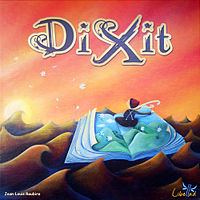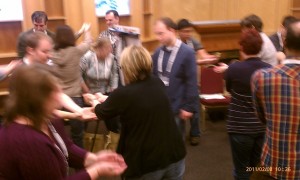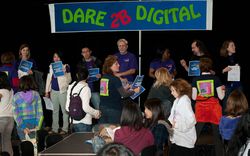 Want to know a secret to making decisions that will lead to better outcomes? Not so fast. Well actually, not too soon. The timing of when you make your decision will have a big impact on how well things work out.
Want to know a secret to making decisions that will lead to better outcomes? Not so fast. Well actually, not too soon. The timing of when you make your decision will have a big impact on how well things work out.
Our natural tendency is to decide too early. It gives us the illusion of certainty. The problem is that you don’t know what you don’t know. Early decisions are made with less information than those we make later. Of course, it is possible to wait too long. You want to make decisions at the last responsible moment. This is the point where the cost of delaying the decision rises to meet the benefit of waiting for more information.
Read the full article…

 I was inspired to create a retrospective game for agile teams, based on the game Dixit.
I was inspired to create a retrospective game for agile teams, based on the game Dixit. 
